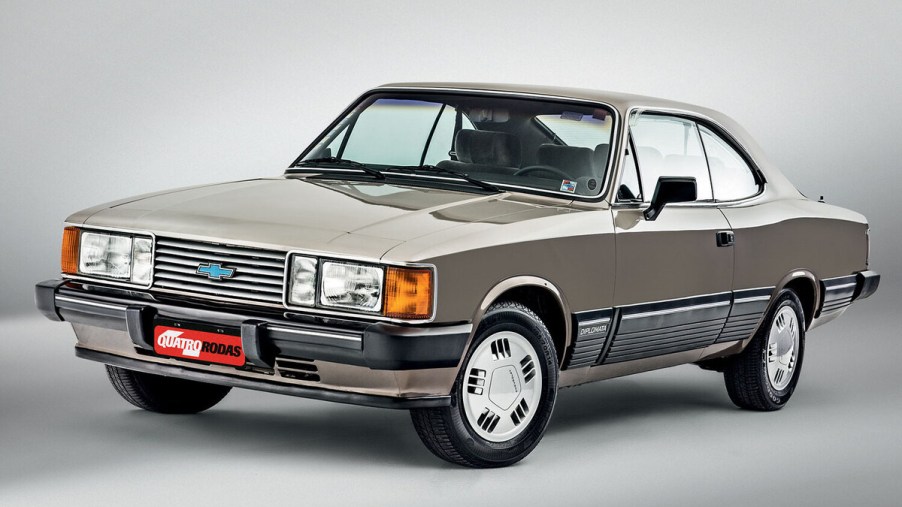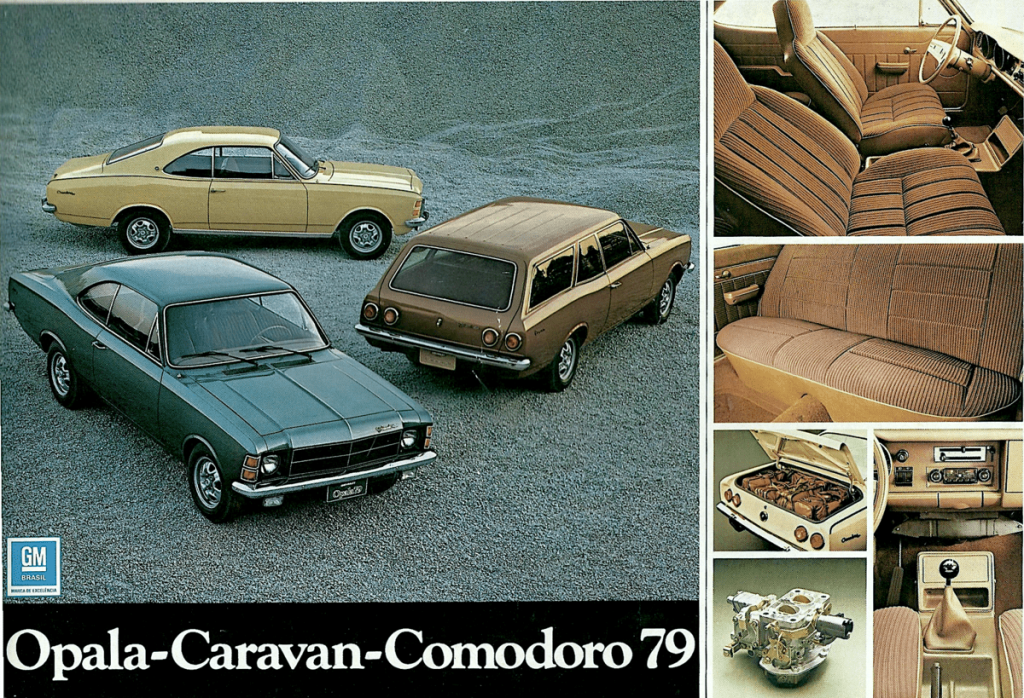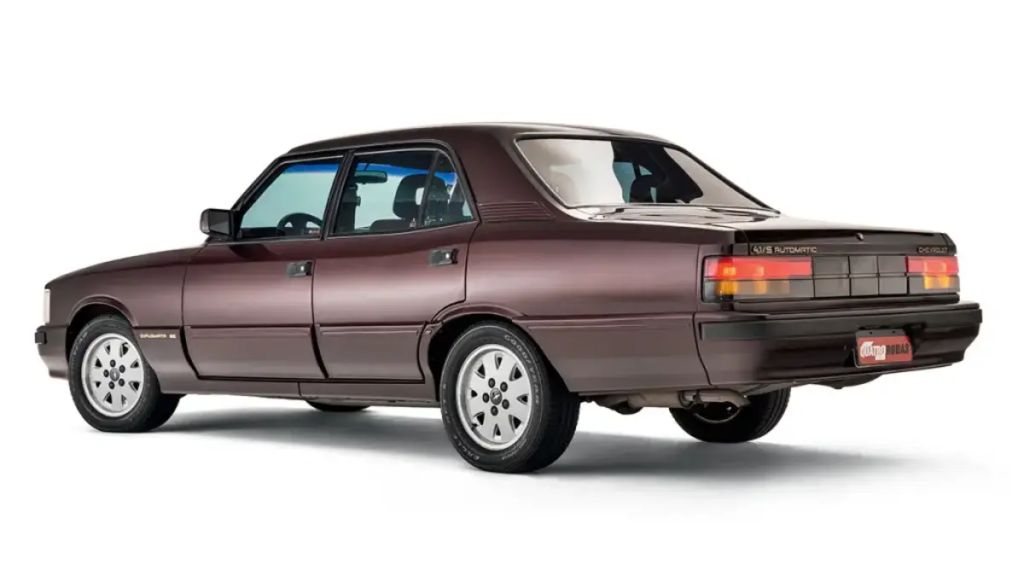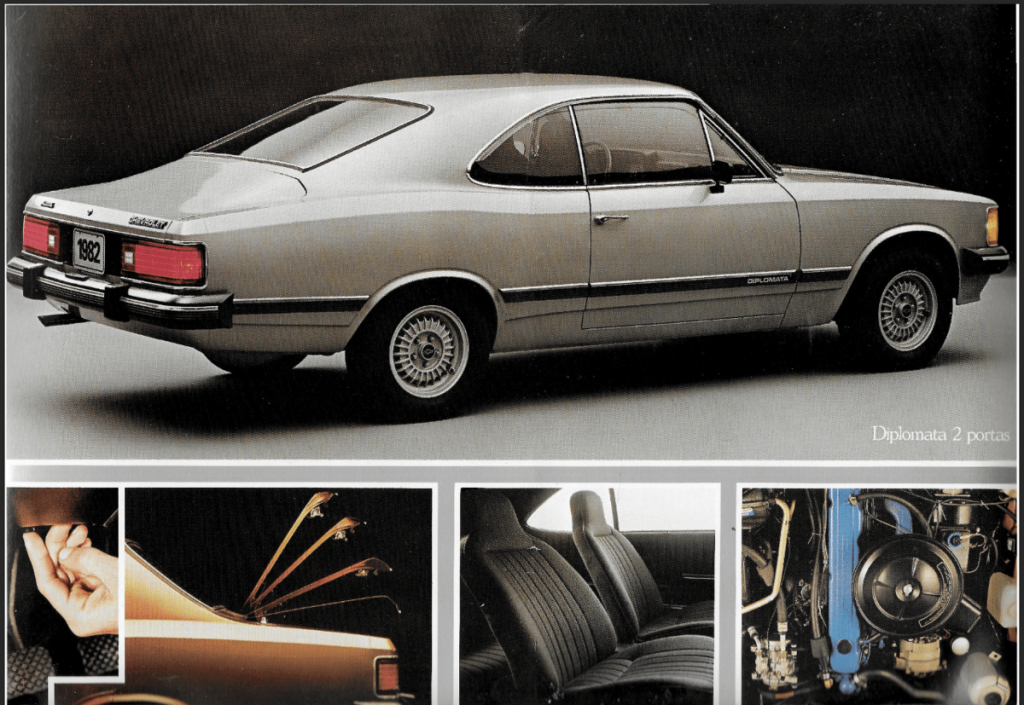
A Gem From Chevrolet: The Opala Diplomata
This Brazilian Chevrolet is a mongrel but also a gem. In fact, it is named after one, the opal. It’s the Opala Diplomata and is one of those forbidden fruit vehicles you’ve probably never seen. With traditional rear-wheel drive and the old straight-six, production ran from 1969 to 1991. As much as V8s were the defacto engine of choice from Chevrolet, the inline-six of the Opala Diplomata was one reason it was in production for so long.
Why are Brazilian Chevrolets different from U.S. versions?

From 1974 to 1990, Brazil had a protectionist ban on importing cars. In the case of the Opala, that is the reason its sheet metal was different from the vehicle underneath, which was from GM’s German Opel division. But its antique 250 ci engine harkens back to 1929, the overhead straight-six.
The 1970s was the era of gas shortages wreaking havoc on motorists, and V8 engines became gas hogs in most car buyers’ minds. But the Opala’s six-cylinder was preferential to a V8, which hastened the demise of the Dodge Dart and Ford Galaxie. Chevrolet’s old overhead four-cylinder engine from the Chevy II was the base engine. It was essentially a cut-down six-cylinder engine.
Did Chevrolet make changes to the Opala Diplomata?

Throughout its run, the Opala had several transmission options, including three- and four-speed manual and automatics. In its last year of production, the Opala came with a Clark CL-2205 five-speed manual transmission, according to Brazil’s Quatrorodas. A subframe housed the engine and front suspension, with a live rear end on coil springs, typical of most GM products at that time. Besides the engines, most components like the steering columns, brakes, and suspension were a potpourri of GM partsbin offerings.
The overall design of the Opala was generic enough that it could absorb the minor updates over the years to freshen its decidedly early-1970s bones. These changes were mostly on the front end, with a new grille, headlights, and lower valance updates over the years that include cladding on the last versions. The Diplomata was its luxury version and came as a handsome two-door coupe, four-door sedan, and a wagon called “Caravan.”
What was the gas mileage for the Chevrolet Opala Diplomata?

In its final form, with many small improvements over the years like better carburetion and a larger plastic gas tank, the engine gave 16 mpg City and 21 mpg Highway. Those aren’t the best mileage for cars of the era, considering a 1990 Honda Civic was offering 30 mpg combined. But the six at least had the perception of thrift.
Opala Diplomatas have been known to make it to the States, but they’re still extremely rare here, as are most oddball Brazilian vehicles unique to the country. Having one in the U.S. would be easy on the pocketbook for mechanical and driveline repairs but not so for body, interior, and trim components.



